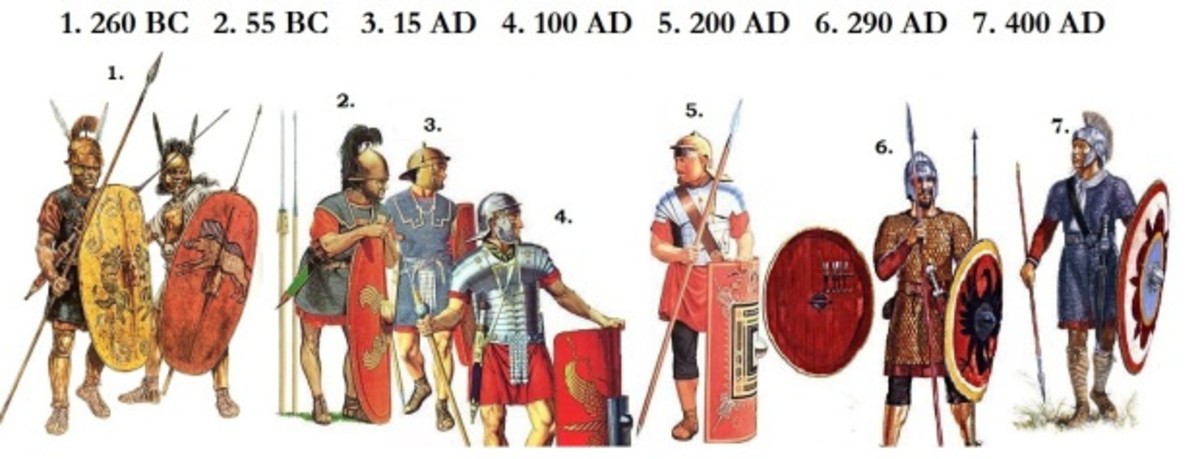Mistake
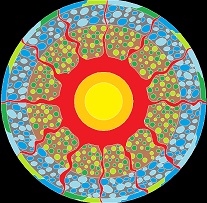
We all make mistake; some make more, some make less, some make the same mistakes, some never forget a mistake. Some mistakes are life changing. Some mistakes open the door to a deeper understanding of ourselves and the ways of Nature. All the unimaginably complex living things in their vastly diverse varieties are the result of the mistakes made by Nature. However, not all Nature’s mistakes are meaningful and purposeful. Only a minute fraction of the mistakes turns out designs that can survive and thrive in Nature’s merciless obstacle courses. It is a slow, step by step, trial and error process that had the humble beginning with the simplest living organism – the single cell. Without a full understanding of this mistake driven scheme, it is beyond imagination and impossible to comprehend the origin of the game changing living form, us – the human species.
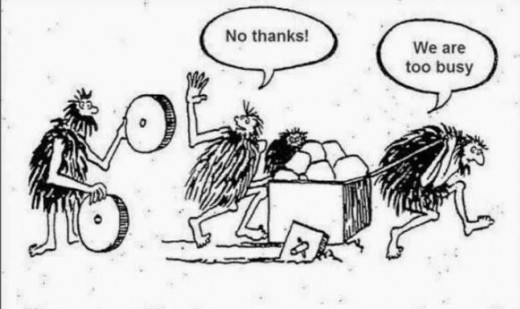
Learn From Mistake
Unlike some of the lower living forms that are born with the survival skills, we are designed with the capabilities not only to learn the survival skills but also to understand how Nature works and how to use the knowledge to enhance the chance of survival. We learn from the predecessors how to survive the old ways and from our own mistake how to survive the better ways. Our journey from hunting to farming to industrial revolution and to information age has taken more than 7000 years. Our ancestors recorded down their experience of survival so that the following generations can learn from their mistakes. The accumulations of the useful experience were later developed into an educational system to teach the innocent about the world that they were to face. The lessons taught the young adults how to avoid life’s obvious pitfalls and to seek better ways of doing thing. Along the journey, more potholes were stumbling upon as we came to understand more about how Nature works by making mistakes.
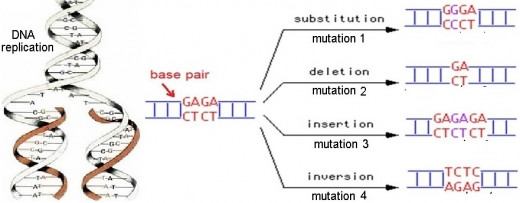
Design By Mistake
Nature introduces minute mistake and occasionally, drastic mistake into its design and let time and the changing environmental conditions to determine if the mistake improve the design’s chance of survival. Life on Earth started in the ocean because the conditions were right for the simple life forms to develop and flourish. Soon, the ocean was populated with fish of all kinds and sizes. But, before there were animals on land, the fish had to go through many and gradual changes:
-
The gills had to be able to breathe through air,
-
The skin had to be able to withstand wide temperature fluctuations,
-
The fins had to be able to walk on hard surface, etc.
These changes were caused by the mistakes in the DNA during the reproduction process and the birth of a new life. Not all mistakes caused the right changes and it had taken millions of years of trial and error for the accumulated changes to form a new animal, called amphibian that was able to survive both in the water and on land. By analyzing the DNA of the fish and the amphibian, we can see where and how the changes were made. They can all be explained by the theory of Probability. Just like randomly shuffling a deck of card that has a unique pattern of 5 Straights. Once in a long while, one of the Straight will turn into a Flush while most of the time, the shuffled deck will have no recognized pattern at all. Of course, the DNA is made up of many variables than just 52 varieties and the changes (shuffling) are confined to a small region. And if there was no land on Earth, those changes would just be like countless other mistakes, useless and meaningless.
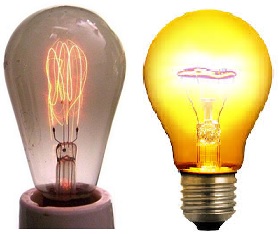
Improve with Mistake
In the man-made world, we know that by randomly introducing mistakes into a new design will only make thing worst. Instead, we learn to implement educated guess backup by scientific data to the new design. If it does not work, we know where the problems are and how to make corrections. As a result, in a short 7000 years, our life has gone from:
-
Hunting for food with bow and arrow to making a living by typing in front of a computer,
-
Sitting around a bonfire at night watching the sky to sitting in front of a TV watching entertaining programs,
-
Having a life span of 30 years to that of 80 years,
-
A population of few hundred to that of 7 billions,
-
Walking with bare feet under the hot savanna sun to travelling in air-conditioned car or plane anywhere on the globe, etc.
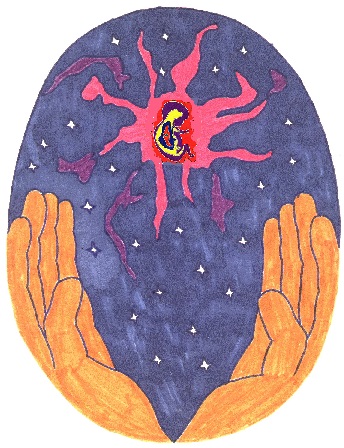
There is no Mistake
By introducing random mistakes, it has taken Nature 3.5 billion years to arrive at a design of the human species that has learned how Nature makes mistakes to improve on its design and how not make unnecessary mistakes to come up with new working designs. Along the journey, the human species has altered the Earth’s landscape:
-
Forests are cut down for farming and building,
-
Grounds are dug up for resources,
-
Air is polluted with smog,
-
Land is contaminated with toxic chemicals,
-
WMDs are developed that can destroy all living things on Earth, etc.
Does that mean Nature’s mistake-driven way of doing things is a big mistake that will lead to eventual self-destruction. With the human species’ aggressiveness and violence coupling with its intelligence and physical prowess, it has upset Nature’s eco-system and not only become the top predator but also develop an insatiable appetite for Nature’s resources. But, the human species also has an awareness of the consequences of its actions that are good or bad. As the living conditions get worst, the natural resources become scarce, and the population growth is getting out of control, the human species has the wisdom to find corrective solutions – pollution regulation, waste management, green energy, birth control, etc. Nature’s trial and error ways are slow and take a long time. The emergence of the human species is not a mistake but the result of billions of years of tinkering on a proven design blueprint that has its origin in the far reach of the Universe waiting for the human species to explore and discover. Earth is mere an incubator and training ground to prepare the human species for much bigger tasks ahead. And that is no mistake.







